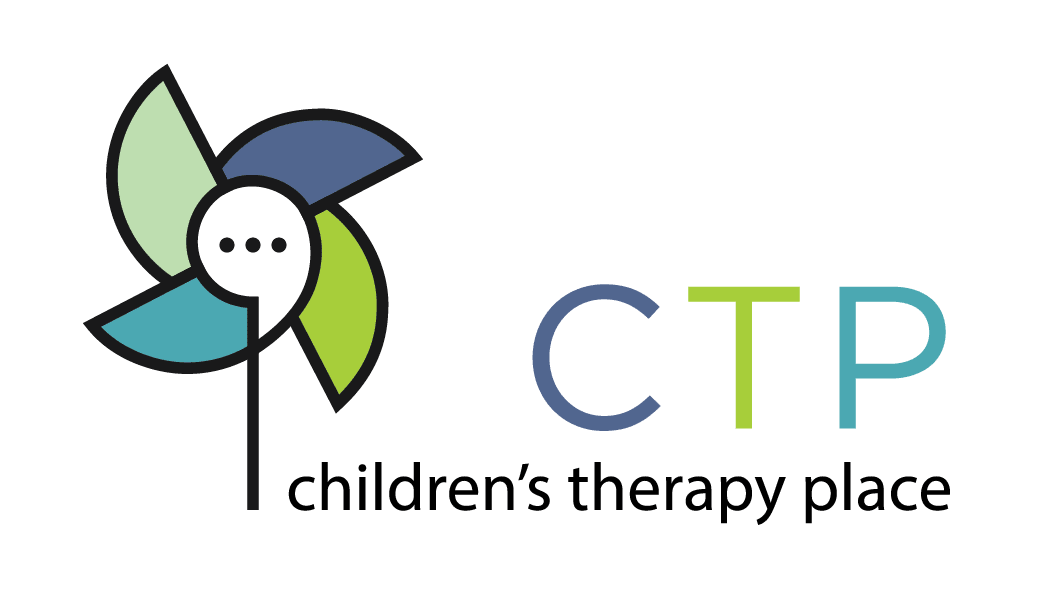Evidence-Based Tips for Talking with Children Who Stutter

by: Thomas GM Gonzalez, MS, CF-SLP
Throughout my graduate speech-language pathology program and clinical experiences, I encountered many parents who expressed concern about how to interact with their child who stuttered. Many were unsure — and, at times, perceptibly nervous — they might be contributing to their child’s stuttering by using such well-intended phrases as “Take your time!” and “Just relax.” These experiences have thus inspired me to write this blog about stuttering, and it is my sincere hope that these tips empower you as the parent(s) to interact with your child confidently — without those pesky thoughts lingering in the back of your mind.
- Try your best not to interrupt your child’s speech or finish his or her sentences. Many children who stutter begin to believe their thoughts are secondary to those of others when their communication attempts are not fully received by listeners. Thus, it is best to be patient and to listen to your child’s content, or ideas, rather than only for a stutter or a “mistake”.
- Avoid saying “Slow down” and “Think before you speak.” There are significant differences between a language disorder and a stutter. In the former, struggling to organize thoughts into coherent sentences with proper word order can be characteristic of an expressive language disorder. By contrast, a stutter by itself is not characterized by linguistic disorganization or a rate of speech that is too fast. Children who stutter know what they wish to communicate, but the message they originally intended experiences breakdowns during its formulation.
- Model a comfortable and natural rate of speech for your child to observe and imitate. If you happen to be a “fast talker”, consider adjusting your rate of speech around your child so that the differences between your speech rate and his or hers is not as apparent. Speaking without this rush also benefits all those who are communicating and facilitates present-momenting thinking and tranquility.
- It’s okay to address the “elephant” in the room with your child as long as there is an air of acceptance and understanding rather than harsh criticism. Some parents may believe that talking about stuttering with their child will only worsen the fluency disorder. Rather, these conversations, when done with sympathy, patience, and privacy, can be empowering if the child understands that he or she is more than the stutter. If the child is allowed to stutter at home without judgement and is taught that the stutter is only a small part of his or her identity, the child’s self-esteem, or self-worth, will be strengthened.
- Maintain natural eye contact with your child during a stutter. As we listen, It may be tempting to look away from someone who stutters because we may believe (perhaps from our cultural upbringing) that we are showing respect during a time that otherwise might feel uncomfortable. Rather, it is best to interact with those who stutter, whether they are children or adults, just as you would with anyone else. By maintaining natural eye contact, you are demonstrating as the listener that there is no shame as a result of the stutter.
As always, if you suspect your child has a stutter, it is highly recommended that you seek professional services from a speech-language pathologist sooner rather than later in your child’s school or in private practice for diagnosis, treatment, and your peace of mind — because often what may seem at first to be a stutter is not truly a stutter. I hope this post has helped to clarify some misconceptions around stuttering and to bolster the interactions between parents and their child(ren).
Feel free to call us at 208-323-8888 for a free Speech-Language Therapy consultation.

